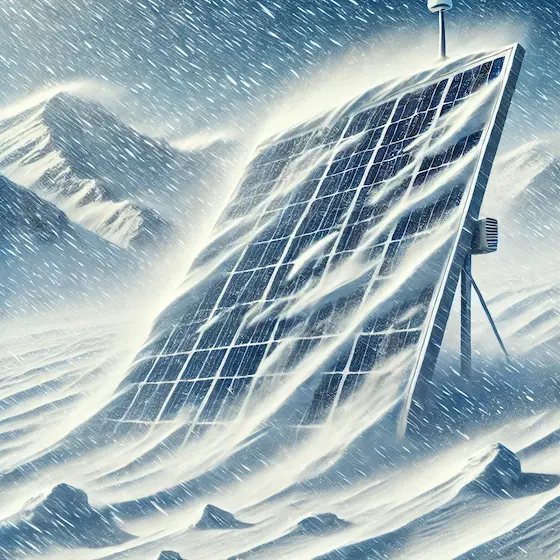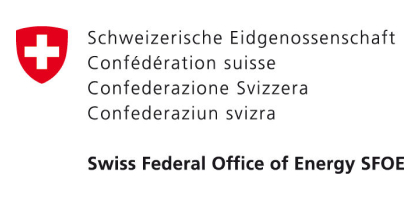The Ministry of Energy envisions an ambitious solar expansion, winter imports, and a few other renewable sources
Solar, hydro and imports
The BFE scenario covers rising demand with solar, hydro and imports
Imports increase
In spite of solar and hydro build-out import dependency will increase
Solar build-out, accelerating 2040
Solar build-out with focus on roof-top, limited addition of alpine PV
7.5% increase in hydro
Hydro production is increased by 7.5% until 2050
Decomissioning end 2043
Nuclear plants are run close to 60 years, 2043 is last productive year of Leibstadt plant
Energy Mix Winter
Production
Demand
Production
2025
Total generation 31.4 TWh
2050
Total generation 34.4 TWh
Demand
2025
Total demand 35.7 TWh
2050
Total demand 43.3 TWh
2050 Winter
Transition Winter
The energy mix as we transition to 2050
Demand
Import
Import atget exceeded
PV
Wind
Hydro
Biomass
Geothermal
Nuclear
Fossil
2025 Winter
TWh
Demand
35.7
Generation
31.5
Deficit
--
Import 4.3
Import
4.3
Import atget exceeded
--
Generation
31.5
Storage reserve used
--
PV 2
PV Roof
2
PV Alpine
--
PV Ground
--
Wind
0.1
Hydro 15.1
Run-of-River
6.4
Storage
8.7
Biomass 1.2
Biomass
1.2
CCS Biomass
--
Gas --
Market-Gas
--
Reserve gas power plants
--
Geothermal
--
Nuclear 12.2
Nuclear
12.2
New nuclear
--
Fossil 0.9
Existing fossil fuel power plants
0.9
CCS Fossil Fuels
--
Hard coal
--
Challenges
Import target exceeded
The energy law sets a non-binding 5 TWh import target, which will be exceeded in 2029 - 2050.
High Import Dependency
Rising import needs after nuclear decomissioning require neighbor surplus and EU agreement
Public opinion
Public opinion needs to accept more hydro plants and higher dams
High summer surplus
Summer surplus rises from 9 to 18 TWh in 2050. Unclear how much of it can be exported.
Additional costs possible
If summer surplus cannot be exported, the costs per MWh would rise
How Resilient Is This Scenario? Put It to the Test!
The scenario above assumes normal weather and stable energy imports, but what happens when extreme conditions hit? A harsh winter or import limitations from the EU could impact production, increase demand, and even lead to power shortages. Stress-test your scenario under these challenging conditions and see how it holds up in the face of real-world uncertainties.

Costs
Total Costs, Revenues and Subsidies in CHF until 2050.
Total production costs
225 billion
Accumulated until 2050
Revenues
196 billion
Assuming an average power price of 75 CHF/MWn
Subsidies required
26 billion
Remaining costs not covered by revenues
Average cost
8 billion / year
The annual average of the total cost, 8 bn CHF per year, is less than 1% of the (estimated) Swiss GDP in 2024 (825 bn. CHF).
Levelized cost
We use Levelized costs of electricity (LCOE). Future costs may rise as cheaper plants are replaced. High demand and costly technologies like rooftop PV can further increase costs. See Expert Mode for details on technology costs.
2020s
2030s
2040s
Levelized cost (LCOE) ⌀ CHF/MWh
About the scenario developer

BFE
The Swiss Federal Office of Energy (BFE) is responsible for shaping Switzerland's energy policy. Its Energy Perspectives 2050+ scenario outlines possible paths to a sustainable energy future, focusing on reducing fossil fuel use and increasing renewable energy production to meet climate goals.
Want to know more about this scenario?
Explore detailed energy data, customize generation parameters, and create your own energy
scenario with the expert mode
Show in expert mode We want your feedback!
We’re excited to be taking Power Switcher in a new direction and would love your feedback! Let us know what’s working and where we can improve, every suggestion helps us make the tool better for you.
Share feedback Got questions about the Power Switcher or the Scenarios?
Contact us on [email protected]
Contact us on [email protected]
Methodology reviewed by ETH Zürich